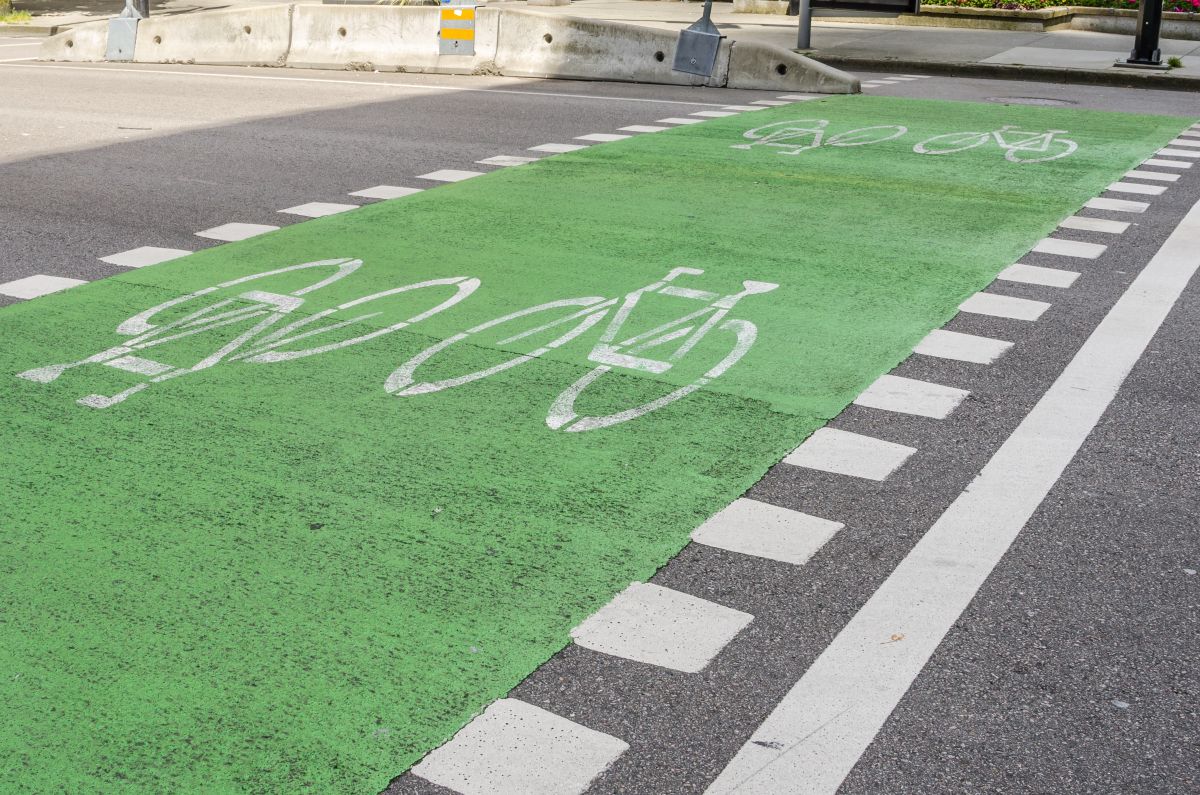3 in 4 people want to cycle but don’t because there aren’t enough separated bike lanes, study
Australian survey shows increasing infrastructure is key to boosting ridership

A recent poll to over 4,000 residents in Australia discovered that more than 75 per cent of respondents are very much interested in riding their bikes but don’t feel safe.
Just like in Canadian cities, cycling in Melbourne has increased in the past 24 months, but only 1.7 per cent of trips are in the city.
According to the report, published in The Conversation, this proportion is much higher than previously thought, and points to a big opportunity to increase cycling numbers rates by creating separated bike lanes.
As Torontonians return to the office, some people are complaining about the new bike paths
The old adage “paint is not infrastructure” is certainly clear in this survey.
“Too much existing bike infrastructure is simply a strip of white paint; 99 per cent of existing on-ride bike infrastructure in Melbourne is made up of painted bike lanes,” the report says. “This results in closer motor vehicle passes and do not protect cyclists from potential injury.
The survey concludes that by creating high quality and protected bike lanes or tracks that creates a safe division between cyclists and motorists would bolster cycling rates in Melbourne.
This driver tried to run over a cyclist for not using the bike lane
The study also found disparities between the amount of men who rode, versus women. “For every woman that rides a bike in Melbourne, there are two men doing the same,” the report stated. “Despite lower participation, our study showed two-thirds of women are interested in riding a bike, and over half own a bike.
There has been research that suggests women can be many times more likely than men to feel vulnerable to harassment by motorists while on the bike, and this can dissuade many from riding.
The study also points out that it’s not just experience cyclists who opt not to ride as much when there is a lack of proper bike paths. “People who are inexperienced or new to bike riding prefer bike paths or lanes that are physically separated from motor vehicle traffic.”
